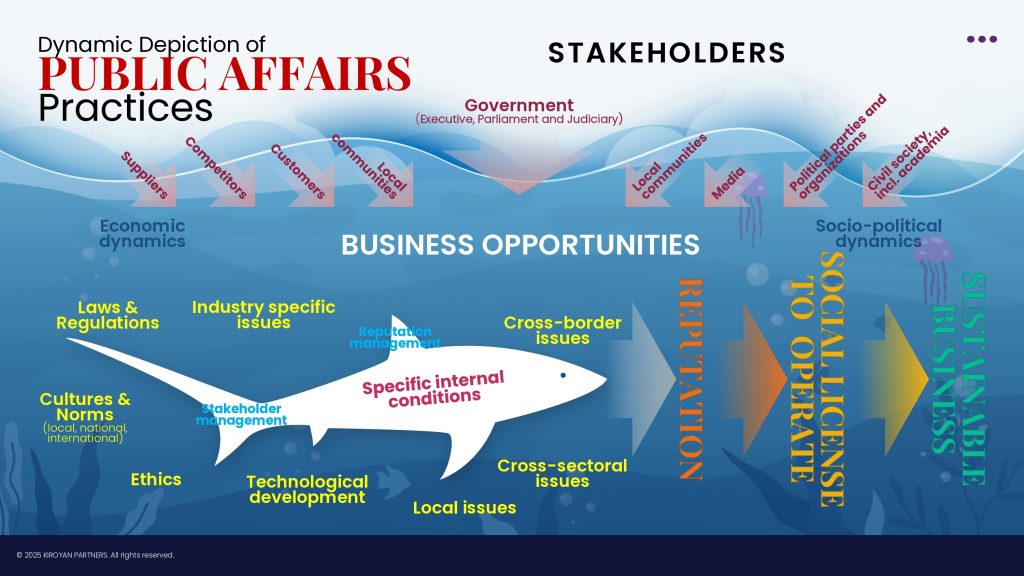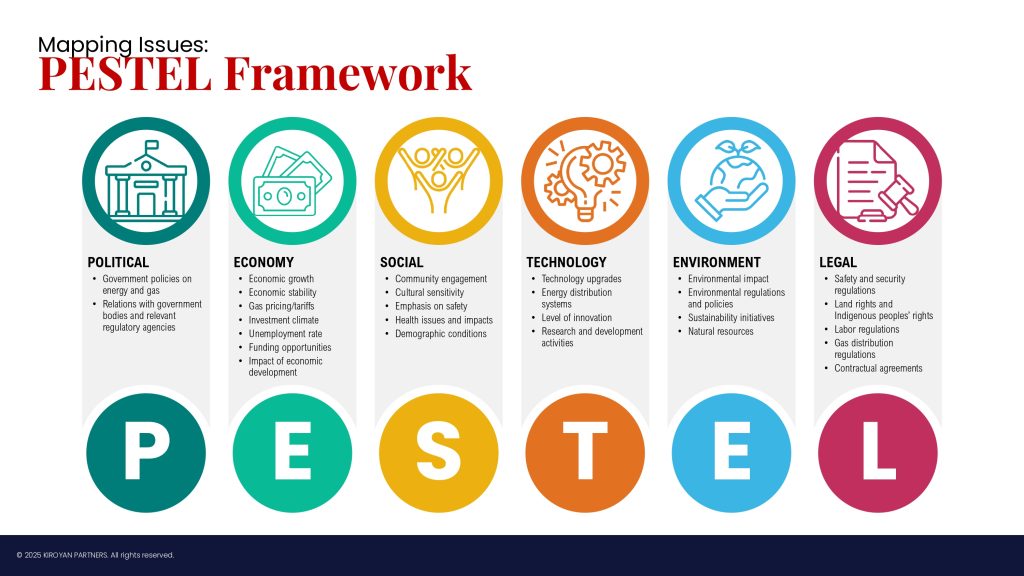Except for temporary ad hoc committees, most permanent organizations—and companies in particular, which are the focus of this article—are established with an indefinite lifespan. In the business world, equity funds invest for a limited period and later sell the “refined” assets. However, these are not our focus here, as the companies involved typically continue operating like any other business.
From the outset, companies are designed and managed to sustain their operations over time—not merely to achieve short-term goals. Their activities are governed by sound business practices and principles aligned with the concept of going concern—ensuring long-term viability, not just immediate success.
Businesses do not operate in a vacuum. They exist within dynamic and often unpredictable socio-political environments. This fluidity stems from the actions and interactions of diverse stakeholders—individually or collectively—especially when an issue becomes a matter of shared concern. Broadly speaking, this dynamic can be divided into two primary categories: economic and socio-political, as illustrated in a diagram presented at the PR INDONESIA Award (PRIA) Conference 2025 in Bandung on February 26, and referenced in this article.

In this framework, companies—likened to “big fish”—must comply with applicable laws and regulations, both general and industry-specific. They must also adhere to prevailing business ethics, cultural norms, and practices—whether local, national, or, for multinationals, international. These norms evolve and must be monitored and adapted to ensure smooth, compliant operations.
To remain competitive, companies must stay abreast of technological advancements and, where feasible, adopt them to enhance efficiency and effectiveness. In strategic management, these external factors are categorized under the PESTEL framework: Political, Economic, Social, Technological, Environmental, and Legal.
The Role of Public Affairs
Public affairs plays a critical role in aligning business operations with the ever-changing socio-political environment. It acts as a stabilizing force, enabling companies to navigate the often-turbulent sea of business opportunities. To reduce potential disruptions, companies must cultivate ongoing, thoughtful engagement with stakeholders. Even in the absence of conflict or crisis, a business requires social license to operate—a form of public acceptance and legitimacy from stakeholders.

Once stakeholders are identified, companies should map out potential issues—especially those intrinsic to their industry. For example, common challenges include community conflict and environmental pollution in natural resource sectors, fraud in financial services, and accidents in the transportation industry.
These predictable issues must be addressed proactively through mitigation plans, including well-defined communication strategies. There is no excuse for companies to be unprepared for sector-specific risks—unlike natural disasters, which are harder to foresee. Regardless of the cause, any poorly managed issue can escalate into a crisis rapidly.
Strategic Engagement and Communication
Identifying stakeholders and understanding their interests is only the beginning. Effective engagement—through both verbal and non-verbal communication, in formal and informal settings—is essential.
Communication efforts must follow a clear structure, with accountability and clearly defined roles. Where possible, these strategies should be tested in simulations to eliminate uncertainty in real-life execution. All corporate communication functions must coordinate to ensure that messages are consistent, coherent, and mutually reinforcing.
Public affairs is tasked with identifying the socio-political factors surrounding an issue. Public relations, in turn, develops messaging and delivery tactics. In publicly listed companies, investor relations ensures that shareholders receive accurate, relevant information tailored to their needs. Equally vital is employee relations—internal communication that keeps staff aligned with the company’s direction and leadership response during challenges.
Stakeholder engagement must be synchronized across all departments. Conflicting messages are unacceptable, especially in critical situations. During a crisis, leadership must come directly from the executive level—up to the CEO.
Proactive Communication as a Strategic Asset
To succeed, companies must build communication strategies before a crisis occurs. These strategies should be reviewed regularly, particularly when there are changes among stakeholders.
Every communication initiative should be purpose-driven, with clear outcomes. In the context of business sustainability, impactful communication reinforces a company’s going concern by helping secure a social license to operate.
A strong reputation is central to achieving both goals. Internationally recognized experts John Doorley and Helio Fred Garcia have distilled their research into a simple yet powerful equation:
Reputation = Performance + Behavior + Communication
Even outstanding performance and ethical behavior are insufficient to build a reputation without effective and impactful communication. Yet, communication is often the weakest link—overlooked, under-resourced, and ultimately the reason many companies fail to establish the reputation they deserve.*
Noke Kiroyan
Chairman, Kiroyan Partners
This article has been published in PR Indonesia magazine 113th edition issued on May 2025, page 34-36.
Download the clipping here.



